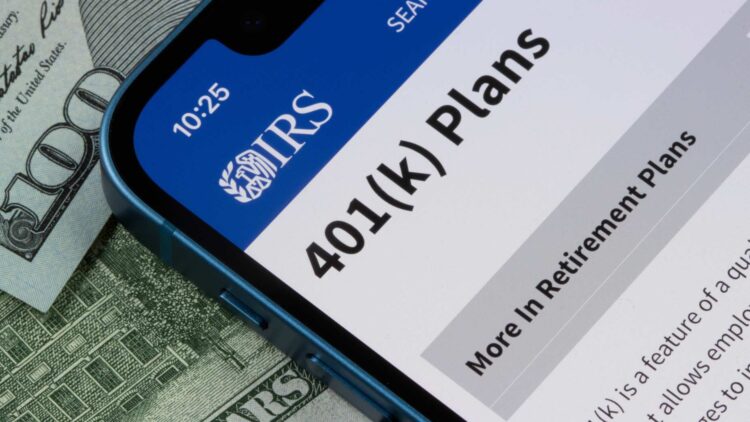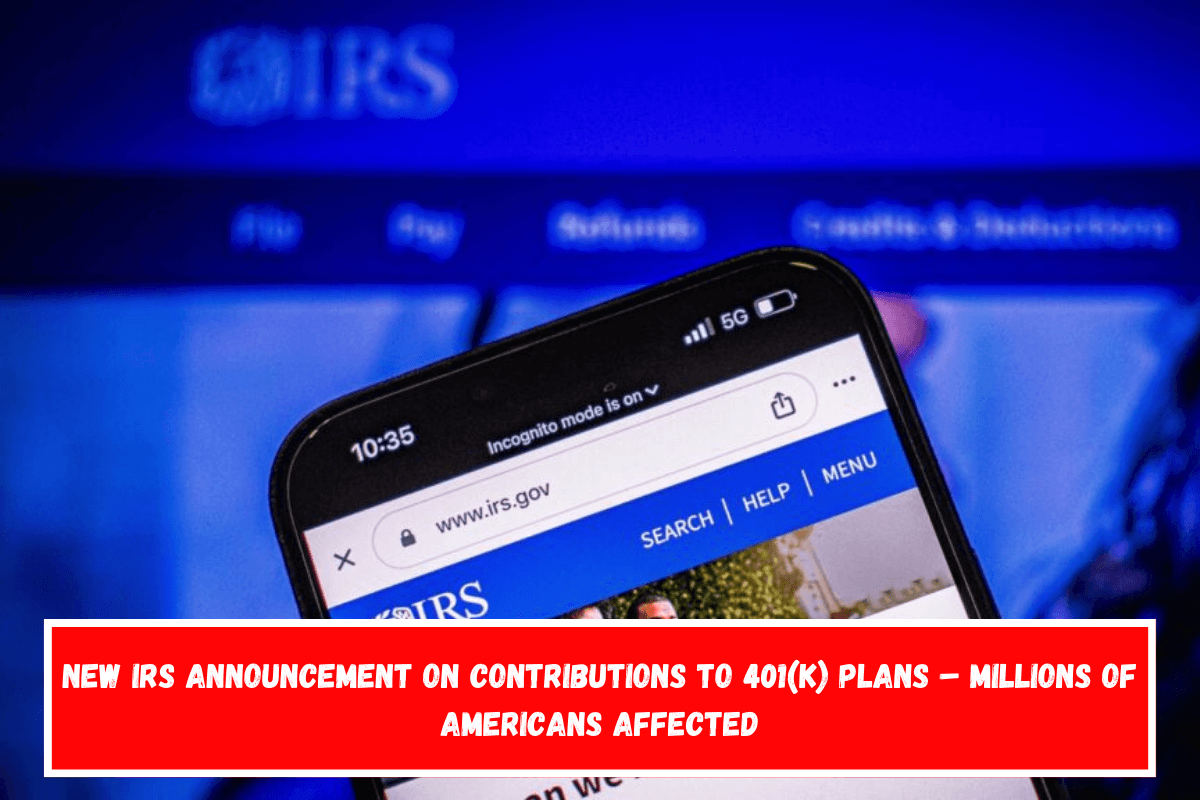Employer-matched 401(k)s have long been a draw for employees who change employment. The alternative is appealing because, in a world where pensions are shrinking and Social Security benefits are insufficient to cover expenses, preparing for retirement has become a burden that individuals cannot shoulder alone.
And, while these match contributions should alleviate the burden, many employees are unable to take advantage of them. Stagnating salaries, a rising cost of living, and additional expenses are some of the reasons why employees may prefer to keep their whole paycheck that contributes to a retirement account, even if the benefits outweigh the costs in the end.
The new change to 401(k) match by the IRS
Fidelity reports that approximately 22% of employees do not claim their full employer match on 401(k) plans, therefore an unnamed corporation petitioned the Internal Revenue Service (IRS) to change how this match works. They wanted to be able to shift money into student loan payback or health reimbursement accounts, in addition to regular 401(k) accounts.
While this may appear to be an unusual proposal, it is not the first time it has been offered; it is only the first time the IRS has approved the move.
According to the anonymous corporate proposal, employees would be able to transfer a percentage of their previous 401(k) match to paying down student loan debt or funding a health reimbursement account to help with medical expenditures starting this year. If no choice is made, the funds will be automatically sent to an employee’s retirement account.
If this idea spreads to more organizations than the original pioneering nameless company, it could be appealing to many employees, particularly those younger with significant student loan debt or those older who can already predict that they would have medical problems in retirement.

The downside of moving 401(k) contributions away from retirement
Saving for retirement is difficult, and with a looming Social Security shortfall, it will be the responsibility of Americans to ensure that they have enough funds to support themselves once they leave the working. This implies they should prioritize saving a percentage of their earnings for retirement, especially if they can double that amount through employer contributions.
Saving this money throughout their lifetime will also make compounding interest easier, allowing their money to increase over time and preventing savers from having to compound their contributions toward the end. According to Federal Reserve data, the typical retirement savings for households with persons aged 55 to 65 is $185,000, which is insufficient to cover their expenses.
The counter-argument to this method is that paying off debt is always an excellent way to improve savings. Making aggressive payments on medical or student loan debt can help individuals reduce interest and settle their debt faster, freeing up more money in the future that can be saved for retirement without the looming sword of monthly payments hanging over their heads.
This is especially true if the employees in question are not taking use of the employee match at all due to a lack of funds, resulting in money left on the table that they cannot claim.
According to earlier Fed data, one in every four Americans has no retirement savings, including 27% who are already retired, and many of them have previous debts that they must pay off with limited Social Security income. Diversifying the contribution could help reduce some of the economic strains while also providing some retirement savings to millions of Americans.
Also See:- Medicare plan changes for thousands of Americans in 2025 – List of those affected











Leave a Reply